In my personal life, I like collecting watches.
Usually I go after cheap quartz watches. The weirder the better.
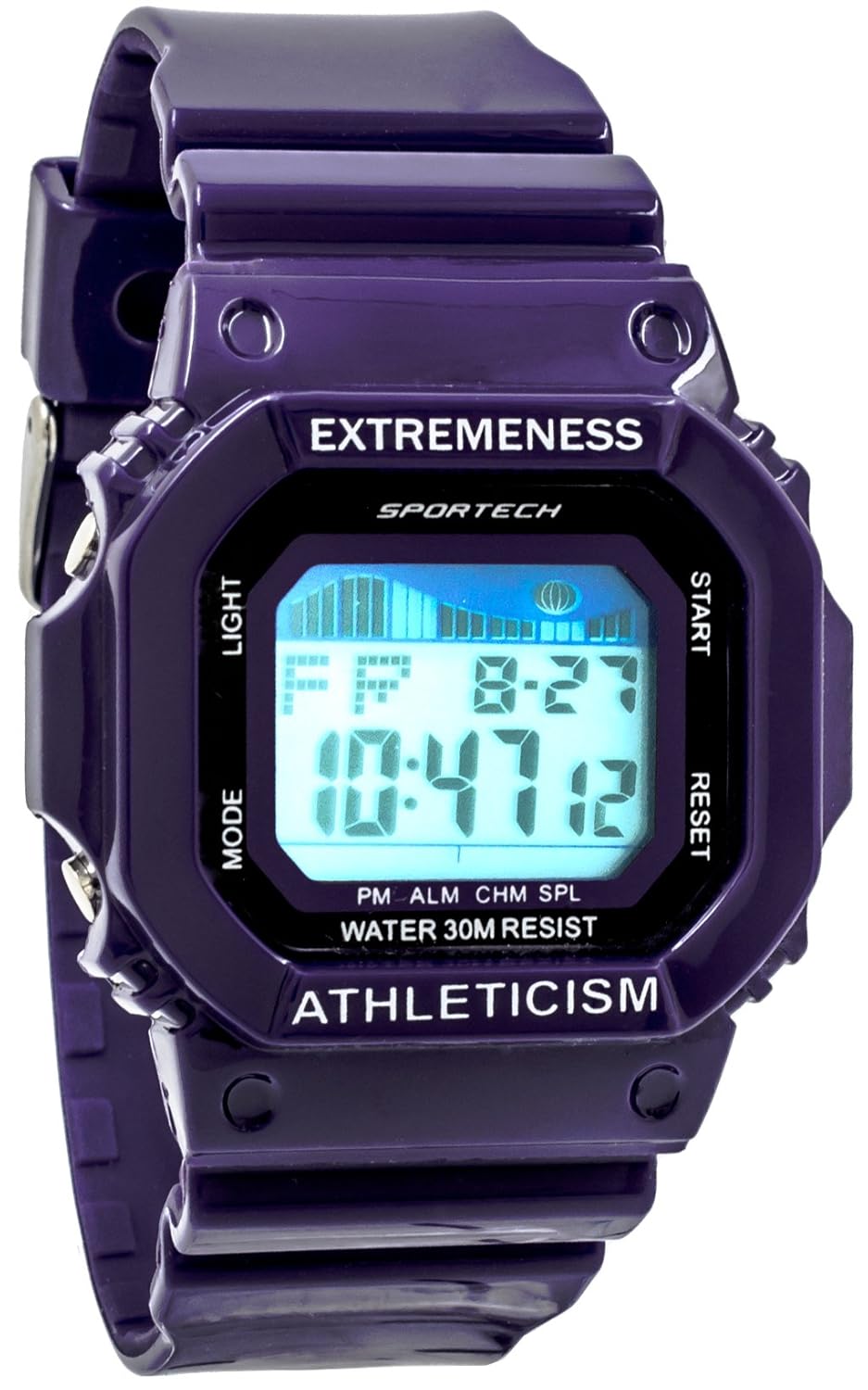
How else would you let others know your extremeness and athleticism?
I’ve always wondered what it would be like to build my own wrist watch… start simple, maybe work my way up to a smart watch?
Enjoy
Attempt 1
The first microcontroller I chose was the ATtiny85. Praised for its low power consumption, this 8-bit MCU sports 512B of memory and either SPI or I2C out.
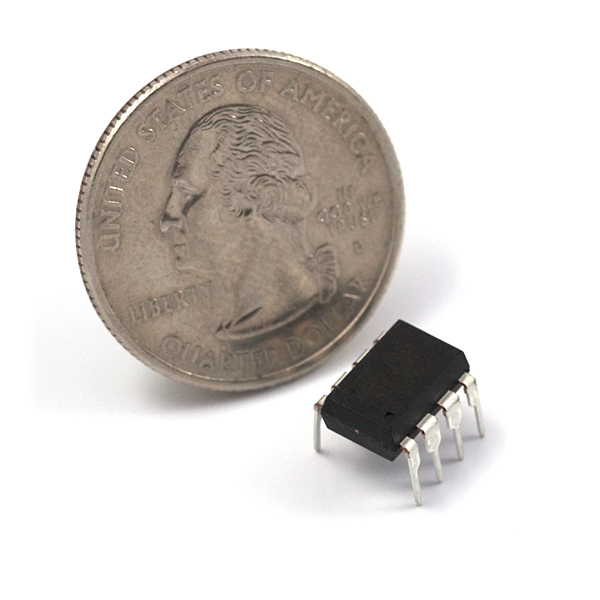
And it’s a pleasure to program. If you have an Arduino Uno laying around, wire it up (diagram) and upload a program.
I decided to solder it together with a MAX7219 display driver and a 4 digit 7 segment display.
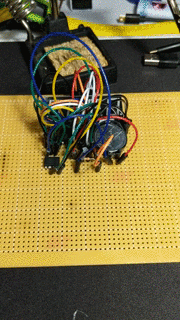
Powered by a CR2032 coin cell, this baby could tell you time for about a whole day. Further optimization could include
- maybe not powering the LEDs full-time
- getting better at soldering, or just wiring in general
- adding an RTC so the time wasn’t lost when the battery dies
Besides losing the time, using the internal 8MHz clock the MCU provides caused me to lose 3 seconds every minute.
Score (7/10): its hardly a real watch by anyone’s standard, but the satisfaction of escaping the Arduino cage is real
Attempt 2
I had some parts laying around from home automation, so I cheated and put together this
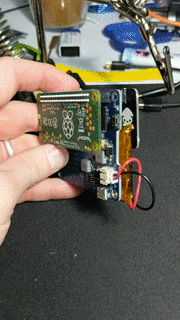
A Rapberry Pi Zero W with an Pimoroni Inky Phat display. Sandwiched between the two is a battery pack meant for full-sized Raspberry Pi’s. Power lasted for a whopping 16 hours, with the screen updating in 10s intervals.
The only optimizations I tried were turning off the bluetooth, wifi and hdmi modules.
Score (2/10): puncturing the oversized lipo battery would let you pretend to shoot fireballs from your wrist
Attempt 3
This is a Sharp Memory LCD, a cool display that combines the low-power consumption of an epaper display with the fast refresh rate of an LCD.
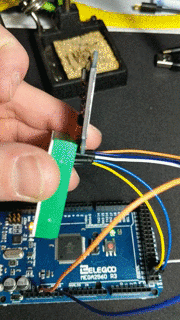
Driving it requires buffering the entire contents of the display (3Kb) before shipping it down the wire. Unfortunately this disqualifies the ATtiny85.
Score (4/10): the display is much nicer and shows promise, but it needs a much bigger MCU
Attempt 4
I fried both the screen and the board in this attempt.
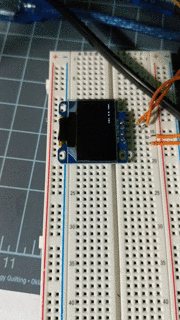
After the frying, it still works well if you can communicate time through one functioning row of white pixels. Not pictured is the deader-than-a-doornail Teensy 3.2.
Score (1/10): Teensy’s ain’t cheap
Attempt 5
Equipped with a greater respect for the sensitivity of microelectronics, I married an Adafruit Feather with the same Sharp Memory LCD from Attempt 3.
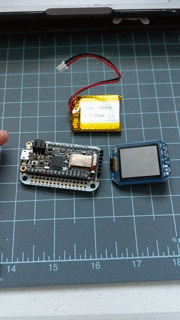
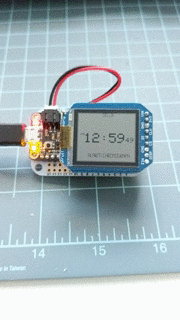
Score (7/10): turned out pretty good!
What’s next
Etching my own PCBs, or paying someone to print some PCBs for me.
All of these attempts point out the painfully obvious – development boards (Arduino, Feather, etc) don’t scale down to a wrist very well. And while my soldering skills are getting better, stacking integrated circuits and microcontrollers make wiring options limited.
..and I want to experiment with the ATtiny85 some more.
Stay tuned!